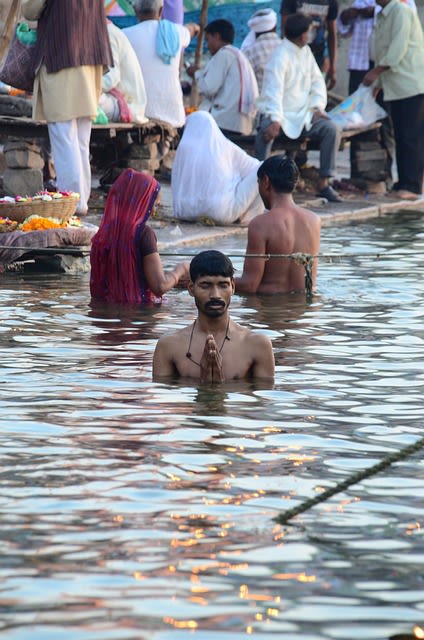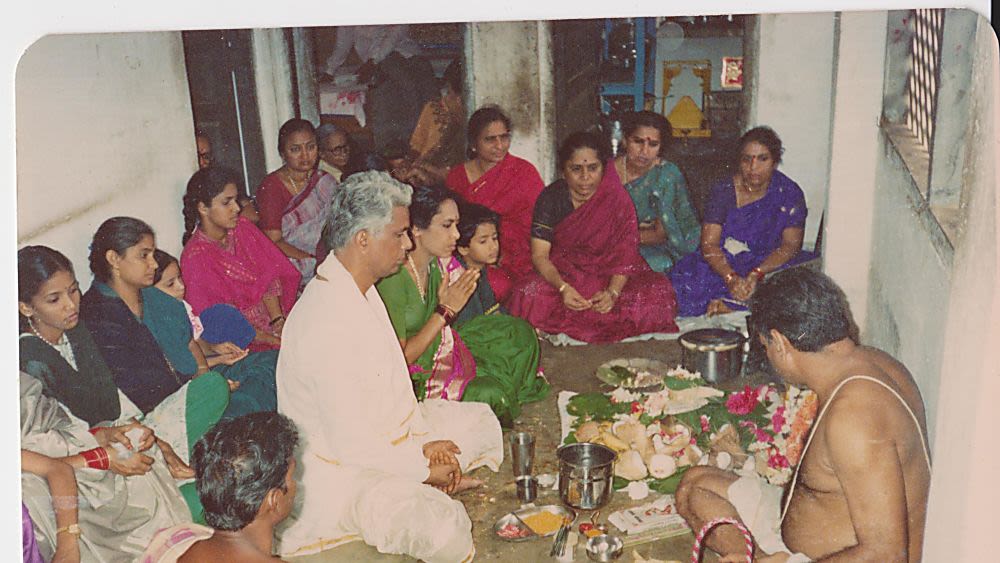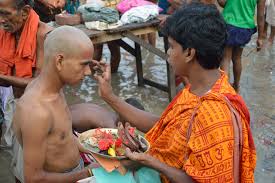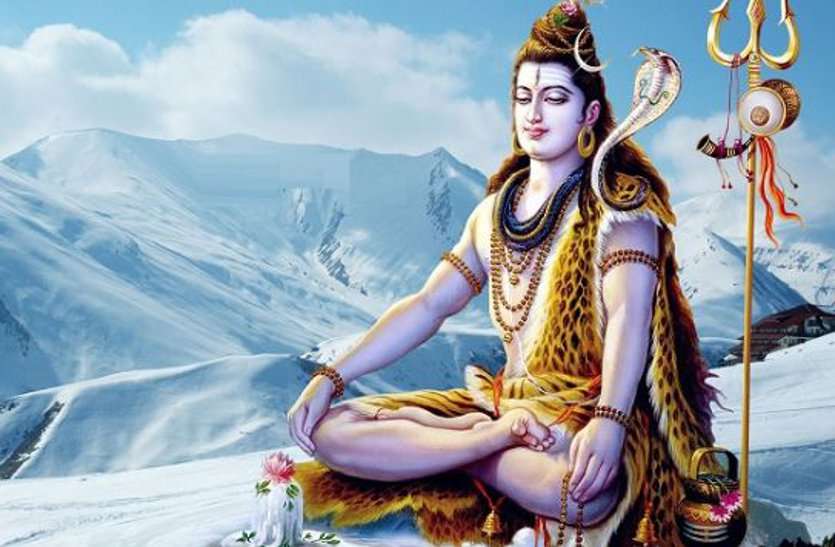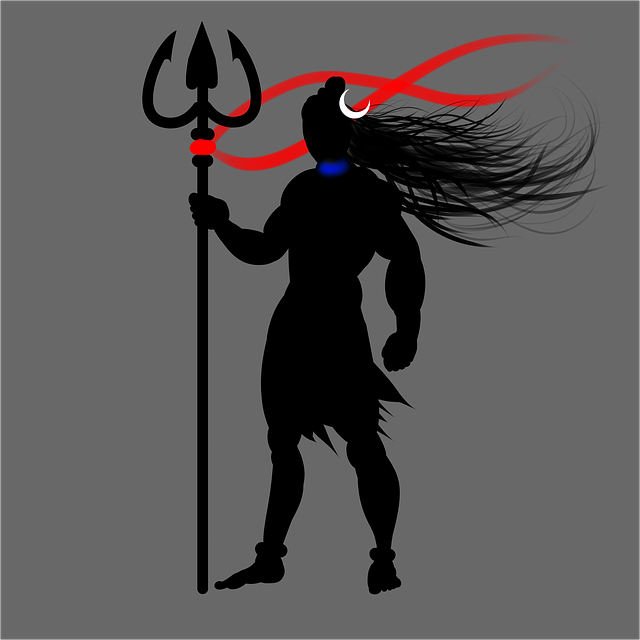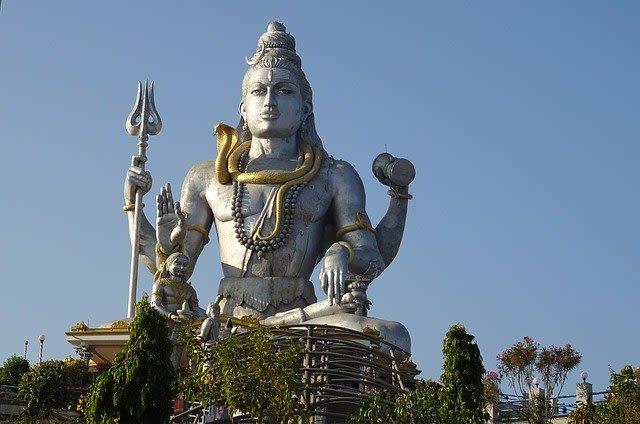Know the Significance and the Story of the First Day of Navratri
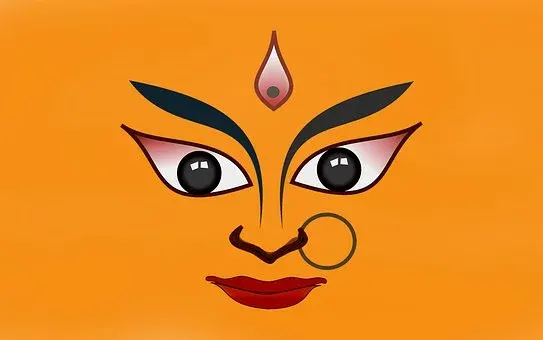
Celebrated with great zeal and excitement, Navratri is one of the richest festivals that last long for nine consecutive days followed by the chanting of mantras and rituals. This festival is generally celebrated four times a year;
Magh Navratri: (January-February), Vasant Navratri or the Spring Navratri: (March-April), Ashad Navratri: (June-July), Shardiya Navratri, also known as ‘Maha Navaratri’, the big Navaratri, (September-October).
Out of all these, the Navratri that is celebrated in the month of Ashwin as per the Hindu calendar is considered to be highly important & celebrated on a grand scale by the devotees. In Sanskrit terms, “Navaratri” is defined as ‘nine nights’, where Nava means ‘nine’, and Ratri means ‘nights’.
This festival is celebrated and dedicated to Durga, Lakshmi, and Saraswati, signifying a single divinity and showcasing the journey from known to unknown. The first form of Goddess Durga - Maa Shailputri is worshipped on the First Day Navratri, where “Shail” stands for mountain & “Putri” stands for daughter. Known to be the earthy essence, Maa Shailputri called by different names like Hemavati, Parvati & Bhavani is the daughter of the God of Mountains- The Himalayas.
To begin the story of the first day of Navratri Maa Bhagwati known as Sati was the daughter of Daksha Prajapati in the previous birth and was married to Lord Shiva. Later, she immolated herself in the ‘yagna’ organized by her father, as she could not bear to the insult her father had done to her husband. Reborn as Parvati, she got married to Lord Shiva this birth as well.
The Navratri 1st day color Yellow symbolizes “Brahaspati”. Considered to be the most auspicious and useful color in any mangal karya, yellow color stands for purity, friendship, and quietness. On this day, the puja begins with Ghatasthapana on Pratipada, where Shailputri is worshipped as the mother to get free from the lunar effect.
The puja starts by placing a shallow pan like utensil made of clay placing at the base. Along with the three layers of mud Sapta Dhanya/Navadhanya seeds are also scattered & sprinkled with water for little moisture. A Kalash in addition is also kept with Ganga Jal, a few coins, Akshata(raw rice with turmeric), supari, & durva in it. Then the same Kalash is covered with mango leaves around its neck with coconut over it.
Later, taking red flowers in your hand, the below Navratri day 1 mantra is chanted,
“Om Aim Hreem Kleem Chamundaye Vichaye Om Shailputri Dewya Namah”
After the above mantra is said and bhog is offered, Om Shan Shailputri Dewya is to be chanted 108 times followed by aarti & kirtan
